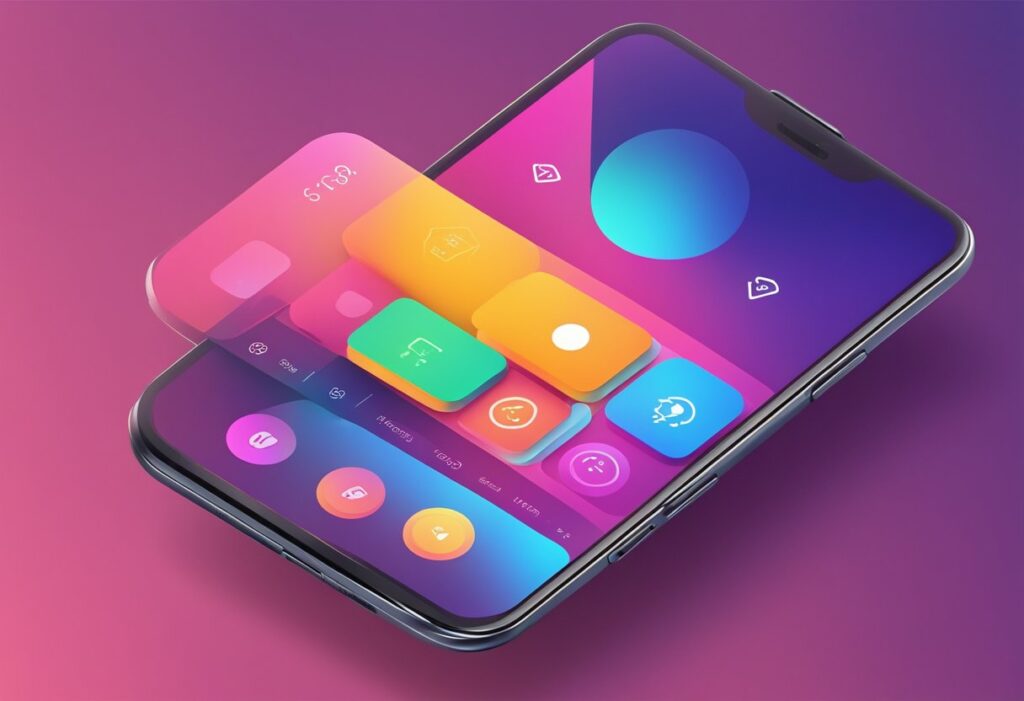Mobile UI design is an ever-evolving field that requires designers and developers to stay up-to-date with the latest trends and technologies.
As we enter 2024, the world of mobile UI design is undergoing significant changes driven by advancements in technology and user behavior.
This article will explore the latest mobile UI trends shaping the industry in 2024 and beyond.
One of the most significant trends in mobile UI design is the influence of augmented reality (AR) and virtual reality (VR) on user interfaces.
With the increasing popularity of AR and VR technologies, designers are exploring new ways to integrate these technologies into mobile UIs to create more immersive and engaging experiences for users.
Another trend in mobile UI design is the adoption of neumorphism, a design style that combines elements of skeuomorphism and flat design to create a more realistic and tactile user interface.
Another trend in mobile UI design is the rise of voice-activated interfaces.
As voice recognition technology becomes more advanced, designers are exploring new ways to integrate voice commands into mobile UIs to create more intuitive and hands-free experiences for users.
Gesture-based navigation is also gaining popularity as a way to create more natural and intuitive interactions between users and mobile devices.
Finally, dark mode and color psychology are becoming increasingly important considerations in mobile UI design, as designers seek to create more visually appealing and user-friendly interfaces.
Key Takeaways
- Mobile UI design is constantly evolving, driven by advancements in technology and user behavior.
- Trends in mobile UI design include the influence of AR and VR, neumorphism, voice-activated interfaces, gesture-based navigation, and dark mode and color psychology.
- Designers and developers must stay up-to-date with the latest trends and technologies to create engaging and intuitive mobile UIs.
Influence of AR and VR on Mobile UI
Augmented Reality (AR) and Virtual Reality (VR) are two of the most exciting technologies that are rapidly transforming the mobile UI landscape.
The integration of AR and VR into mobile UI is becoming increasingly popular, and it is expected to continue to grow in 2024.
Augmented Reality Integration
AR technology overlays digital content onto the real world, providing users with an immersive experience.
The integration of AR into mobile UI can enhance the user experience by providing them with interactive and engaging content.
AR can be used to create features such as virtual showrooms, product demos, and augmented reality games.
One of the most significant advantages of AR integration is that it allows users to interact with digital content in a more natural and intuitive way.
AR technology can recognize and track real-world objects, allowing users to interact with them in real-time. This technology can be used to develop mobile UI that is more intuitive and user-friendly.
Virtual Reality Interfaces
Virtual Reality (VR) is a technology that creates a simulated environment that users can interact with.
VR interfaces are becoming increasingly popular in mobile UI, and they are expected to become more prevalent in 2024.
VR interfaces can provide users with a more immersive experience, allowing them to interact with digital content in a way that is more similar to the real world.
One of the most significant advantages of VR interfaces is that they can provide users with a more engaging and interactive experience.
VR interfaces can be used to create virtual showrooms, interactive product demos, and virtual reality games. This technology can be used to develop mobile UI that is more engaging and entertaining.
Adoption of Neumorphism
Key Characteristics
Neumorphism is a design trend that has gained popularity among UI designers in 2024. It combines elements of skeuomorphism and flat design to create a “soft” 3D effect.
The key characteristics of Neumorphism include the use of subtle shadows, highlights, and gradients to craft a tactile and visually appealing interface.
Neumorphism relies heavily on shadows and light to create depth, so a neutral or pastel background makes the elements stand out.
Designing UI elements like buttons and sliders with the same background color but slightly different shade helps achieve a soft, subtle look.
User Experience Impact
Neumorphism has a positive impact on the user experience. Its soft, subtle look creates a calming effect for users.
The use of shadows and gradients helps users understand the hierarchy of the interface elements, making it easier to navigate.
Neumorphism also creates a more tactile experience, making the user feel like they are interacting with physical objects. However, designers need to be careful not to overuse Neumorphism, as it can make the interface look cluttered and confusing.
Rise of Voice-Activated Interfaces
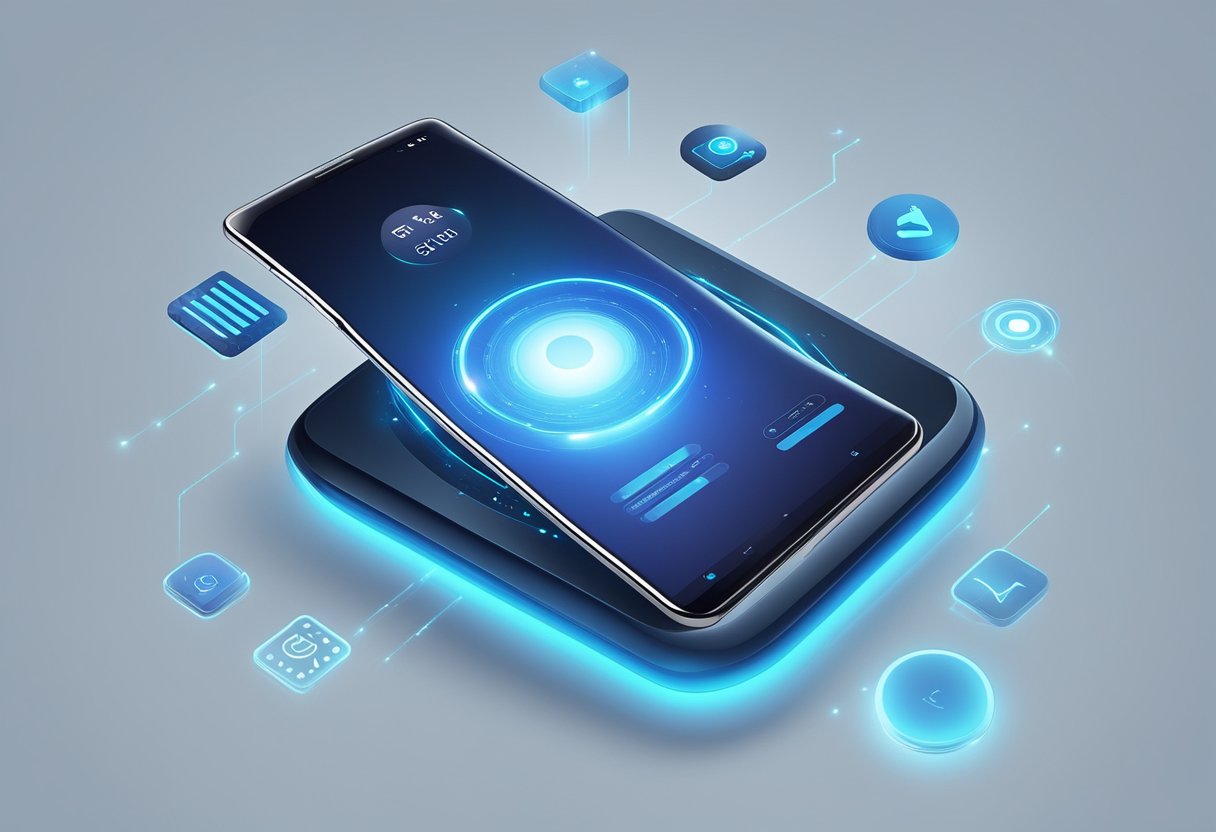
Voice-activated interfaces are becoming increasingly popular in mobile UI design.
With the advancements in voice recognition technology, voice-activated interfaces are becoming more reliable and accurate, making them an attractive option for users who want to interact with their devices hands-free.
Voice UI Advancements
Voice recognition technology has come a long way in recent years.
With the rise of artificial intelligence (AI), voice-activated interfaces are becoming more intelligent and intuitive.
They can now understand natural language and respond to complex commands, making them more useful than ever before.
Another significant advancement in voice recognition technology is the ability to recognize multiple voices.
This means that multiple users can interact with the same device, and the device can recognize who is speaking and respond accordingly.
This feature is particularly useful in households with multiple users or in shared workspaces.
Designing for Voice Interaction
Designing for voice interaction requires a different approach than designing for traditional touch-based interfaces.
When designing for voice, it is essential to consider the user’s environment and the context in which they will be using the device.
For example, if the user is in a noisy environment, the device must be able to recognize their voice and respond accordingly.
Another important consideration when designing for voice interaction is the user’s privacy.
Voice-activated interfaces must be designed to protect the user’s privacy and ensure that their data is secure. This includes implementing robust security measures and giving users control over their data.
Gesture-Based Navigation
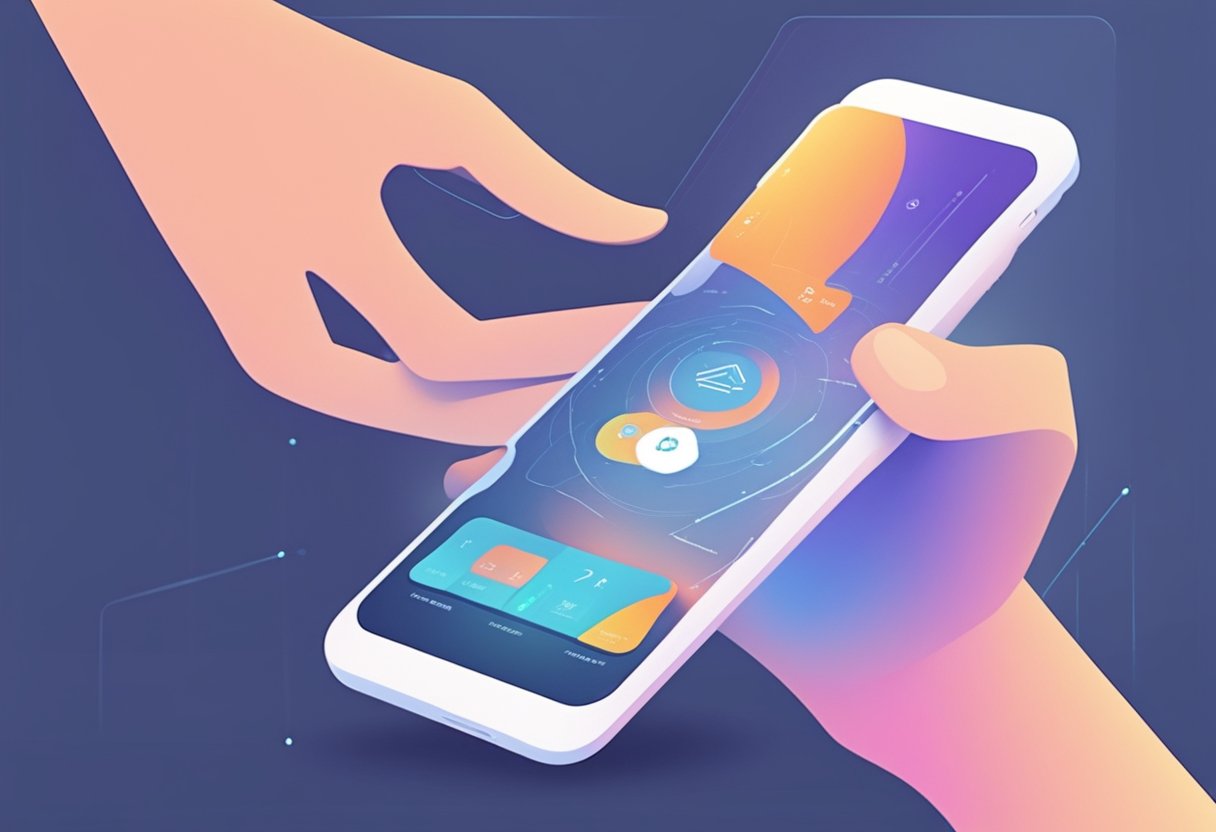
Mobile UI trends in 2024 are expected to continue emphasizing the importance of user experience.
One of the key trends that will shape mobile UI design is the use of gesture-based navigation.
Implementing Intuitive Gestures
Gesture-based navigation has become a staple feature in mobile app design, especially on devices with touch screens.
In 2024, designers are expected to implement more intuitive gestures that simplify user interactions and streamline app navigation.
For example, swiping up or down to scroll through content, pinching in or out to zoom, and swiping left or right to navigate between screens are all common gestures that users have become accustomed to.
Gesture Recognition Technology
Gesture recognition technology is also expected to improve in 2024, making it possible for mobile devices to recognize more complex and nuanced gestures.
This will allow designers to create more engaging and interactive user experiences.
Dark Mode and Color Psychology
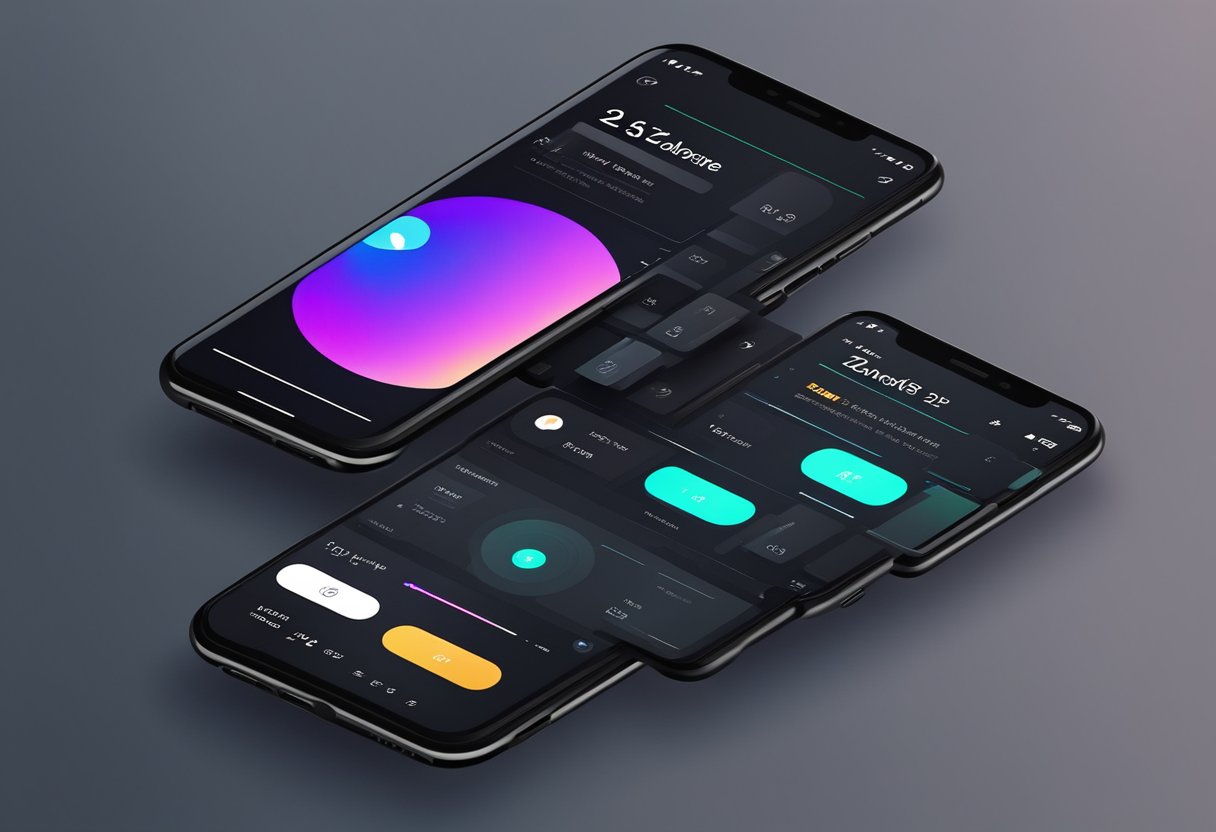
Benefits of Dark Mode
Dark mode has become an increasingly popular trend in mobile UI design in 2024.
It is not only aesthetically pleasing but also offers several benefits to the users.
One of the most significant benefits of dark mode is that it reduces eye strain, especially in low-light environments.
This is because the dark background reduces the contrast between the screen and the surrounding environment, making it easier on the eyes.
Another benefit of dark mode is that it saves battery life, especially on devices with OLED screens.
OLED screens can turn off individual pixels, which means that dark mode can significantly reduce power consumption.
This is because black pixels do not emit any light, unlike white pixels that require more power to display.
Psychological Effects of Color
Colors play a crucial role in mobile UI design, and they can have a significant impact on the user’s emotions and behavior.
Dark mode, for instance, can create a sense of elegance, sophistication, and mystery.
It can also evoke a sense of calmness and relaxation, making it an ideal choice for apps that focus on productivity, meditation, or sleeping.
On the other hand, bright colors like red, orange, and yellow can create a sense of urgency, excitement, and energy.
They can also stimulate the user’s appetite and encourage them to take action.
Blue, green, and purple, on the other hand, can create a sense of trust, security, and tranquility. They are often used in apps that focus on health, finance, or education.
Biometric Authentication in UI
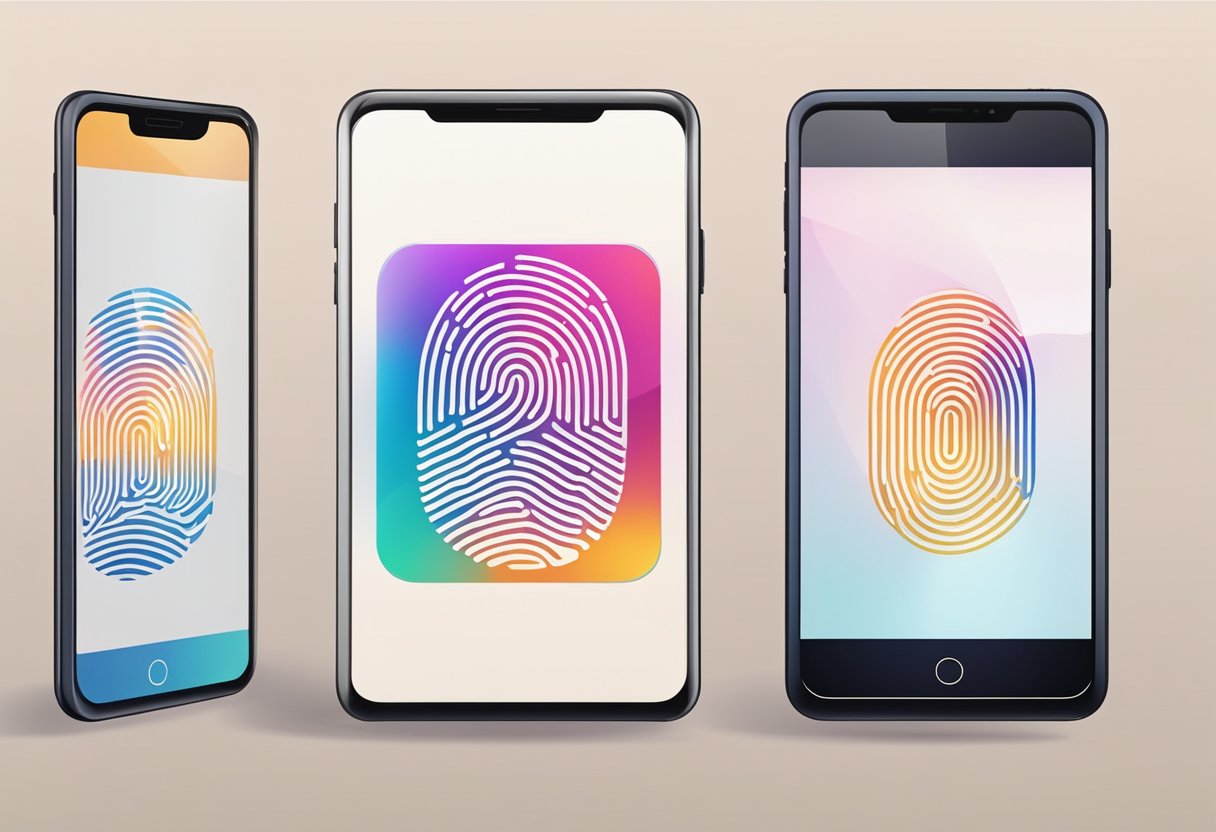
In 2024, mobile UI design trends are evolving to incorporate biometric authentication.
Biometric authentication offers a secure and convenient way for users to access their devices and applications.
There are several types of biometric authentication available, including facial recognition and fingerprint scanning.
Facial Recognition Trends
Facial recognition is becoming increasingly popular as a biometric authentication method.
In 2024, UI designers are incorporating facial recognition into their designs to enhance security and user experience.
Facial recognition technology uses a camera to capture an image of the user’s face and compares it to a stored image for authentication.
Facial recognition technology is becoming more accurate and faster, making it an ideal authentication method for mobile devices.
In addition, facial recognition can be used for other purposes, such as unlocking doors or making payments.
Fingerprint Scanning Enhancements
Fingerprint scanning is another popular biometric authentication method. In 2024, UI designers are enhancing fingerprint scanning to improve security and user experience.
Fingerprint scanning technology uses a sensor to capture an image of the user’s fingerprint and compares it to a stored image for authentication.
UI designers are incorporating fingerprint scanning into their designs to provide additional layers of security.
For example, some applications require users to scan their fingerprint before making a purchase or accessing sensitive information.
In addition, fingerprint scanning technology is becoming more accurate and faster, making it an ideal authentication method for mobile devices.
Overall, biometric authentication is becoming a popular trend in mobile UI design in 2024. UI designers are incorporating facial recognition and fingerprint scanning into their designs to enhance security and user experience. As biometric technology continues to improve, it is likely that more authentication methods will be developed and integrated into mobile UI design.

